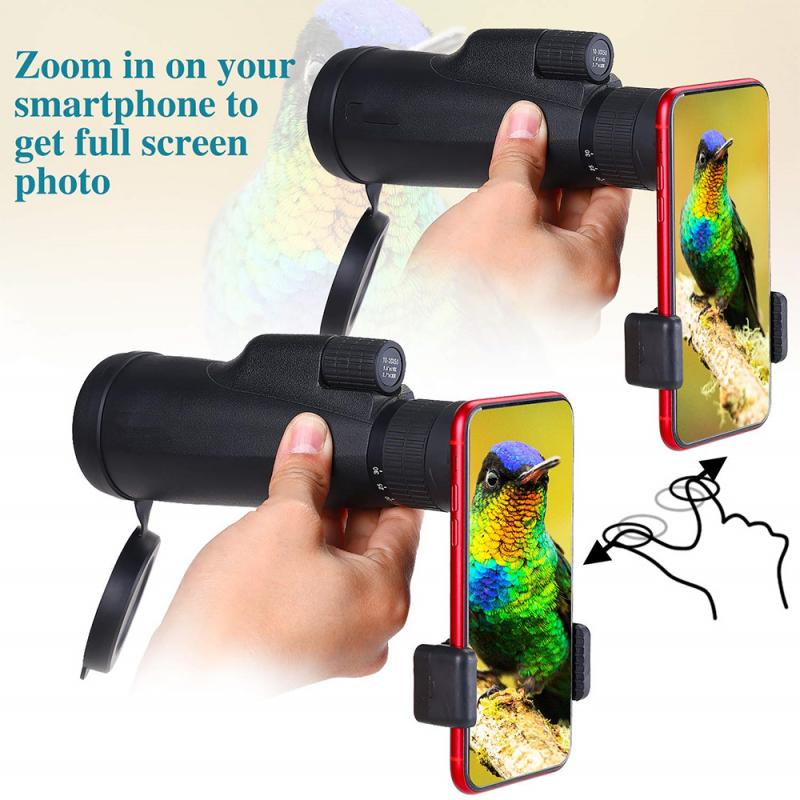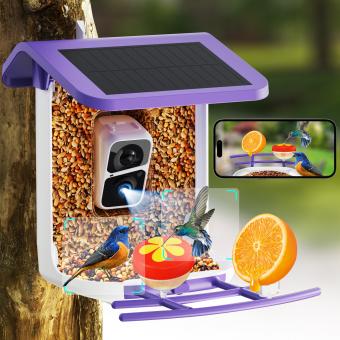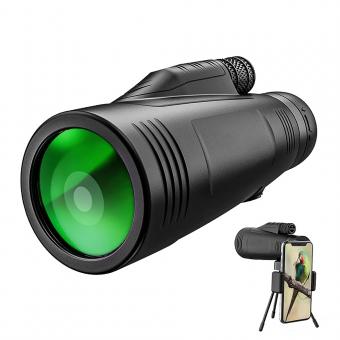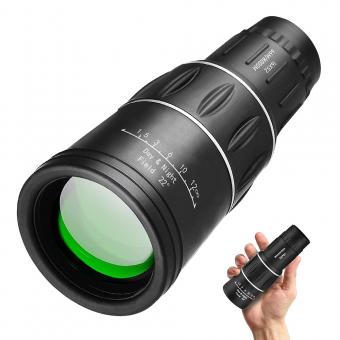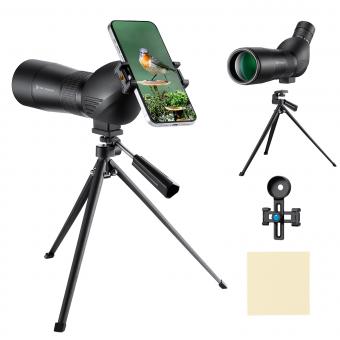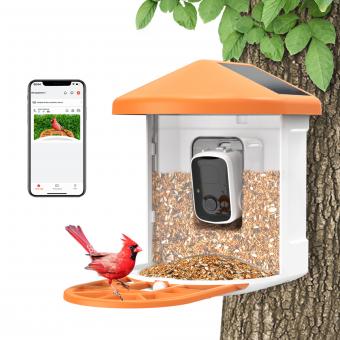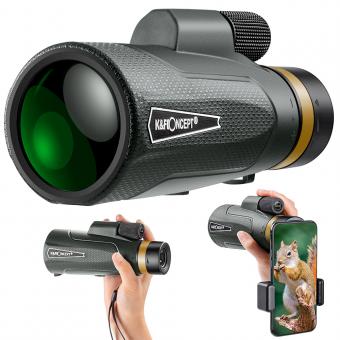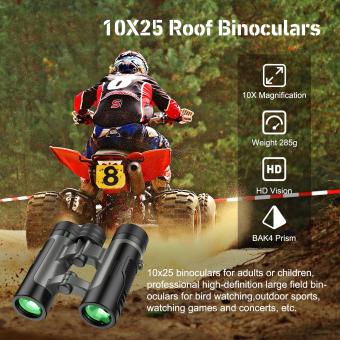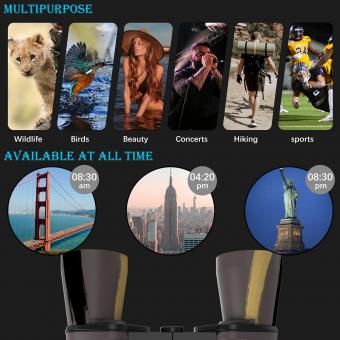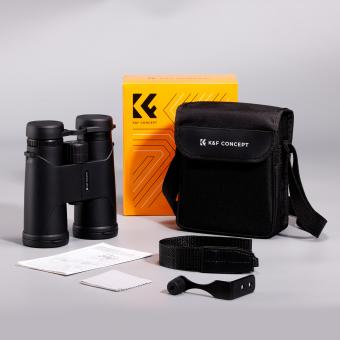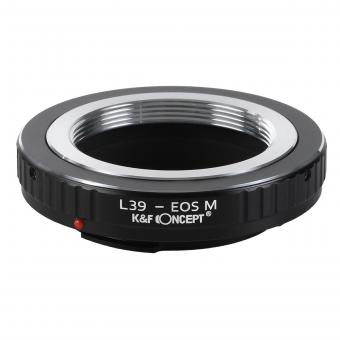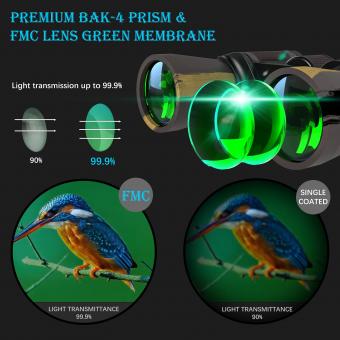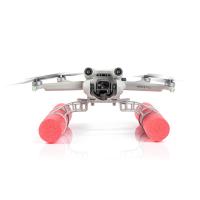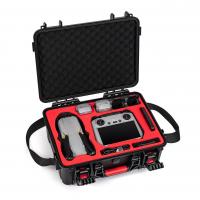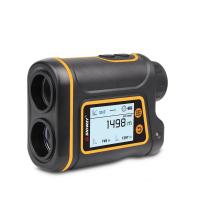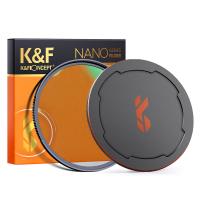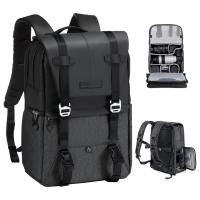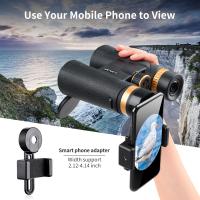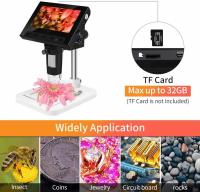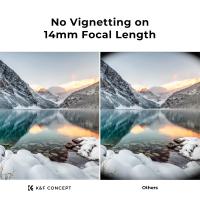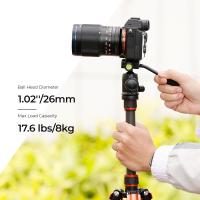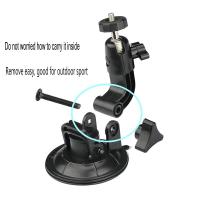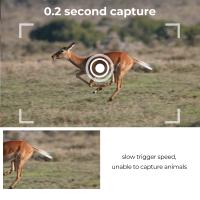Which Monocular Is Best For Bird Watching ?
There are several monoculars that are popular among bird watchers, each with its own set of features and advantages. Some of the top choices include the Vortex Optics Solo Monocular, the Wingspan Optics Explorer High Powered Monocular, and the Celestron Nature DX Monocular. These monoculars are known for their high-quality optics, compact size, and durability, making them ideal for bird watching. Ultimately, the best monocular for bird watching will depend on individual preferences and specific needs, such as desired magnification, field of view, and budget. It is recommended to read reviews and compare different models to find the one that suits your requirements the best.
1、 Optical quality and magnification power
When it comes to choosing the best monocular for bird watching, two key factors to consider are optical quality and magnification power.
Optical quality refers to the clarity, brightness, and sharpness of the image produced by the monocular. A high-quality monocular will have superior optics, such as multi-coated lenses and high-quality prisms, which result in a clear and detailed image. Look for monoculars with high-quality glass and coatings that minimize glare and maximize light transmission.
Magnification power is another important factor to consider. For bird watching, a monocular with a magnification power between 8x and 10x is generally recommended. Higher magnification can make it difficult to maintain a steady image, especially when observing birds in motion.
In terms of the latest point of view, there have been advancements in monocular technology that enhance the bird watching experience. Some monoculars now come with image stabilization features, which help compensate for hand movements and provide a steadier view. Additionally, there are monoculars with built-in digital cameras that allow you to capture photos and videos of the birds you observe. These features can be particularly useful for documenting rare or elusive species.
Ultimately, the best monocular for bird watching will depend on personal preferences and budget. It is recommended to try out different models and brands to find the one that feels comfortable in your hand, provides a clear and bright image, and suits your specific bird watching needs.
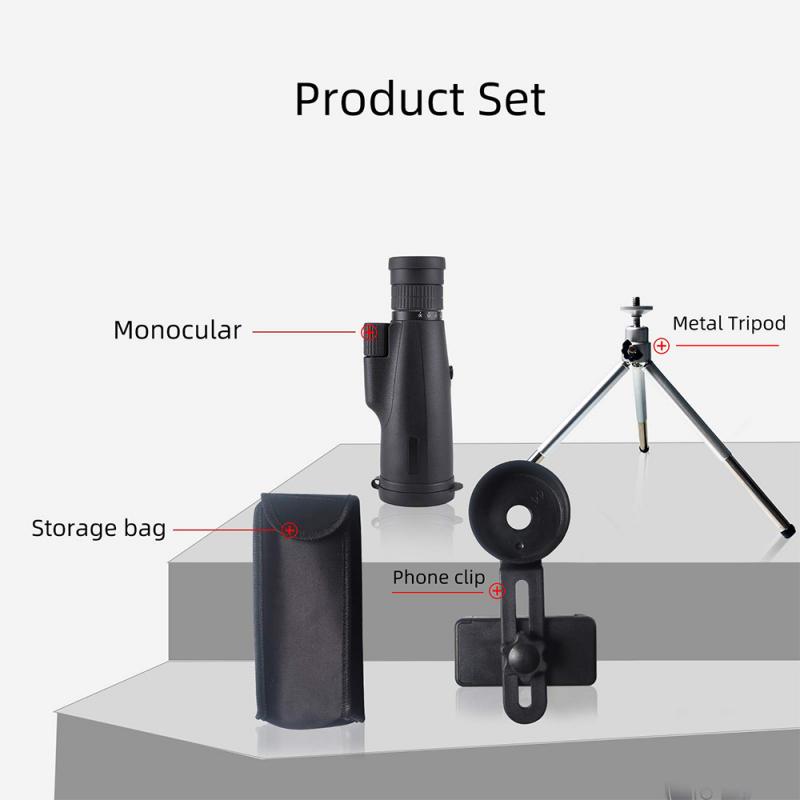
2、 Field of view and close focus distance
When it comes to choosing the best monocular for bird watching, two important factors to consider are the field of view and the close focus distance.
The field of view refers to the width of the area that can be seen through the monocular. A wider field of view allows you to observe birds in their natural habitat more easily, as it provides a larger viewing area. This is particularly important when trying to spot birds in flight or in dense foliage. Therefore, a monocular with a wider field of view is generally preferred for bird watching.
The close focus distance is another crucial factor to consider. This refers to how close you can focus on an object with the monocular. For bird watching, a shorter close focus distance is desirable as it allows you to observe birds at a closer range. This is especially important when trying to identify small details or markings on birds.
In terms of the latest point of view, advancements in technology have led to the development of monoculars with improved field of view and close focus distance. Manufacturers are now producing monoculars with wider fields of view, allowing bird watchers to observe a larger area without compromising image quality. Additionally, some monoculars now offer shorter close focus distances, enabling bird watchers to get a closer look at their subjects.
Ultimately, the best monocular for bird watching would be one that offers a wide field of view and a short close focus distance. These features will enhance your bird watching experience by providing a broader perspective and allowing you to observe birds in greater detail.
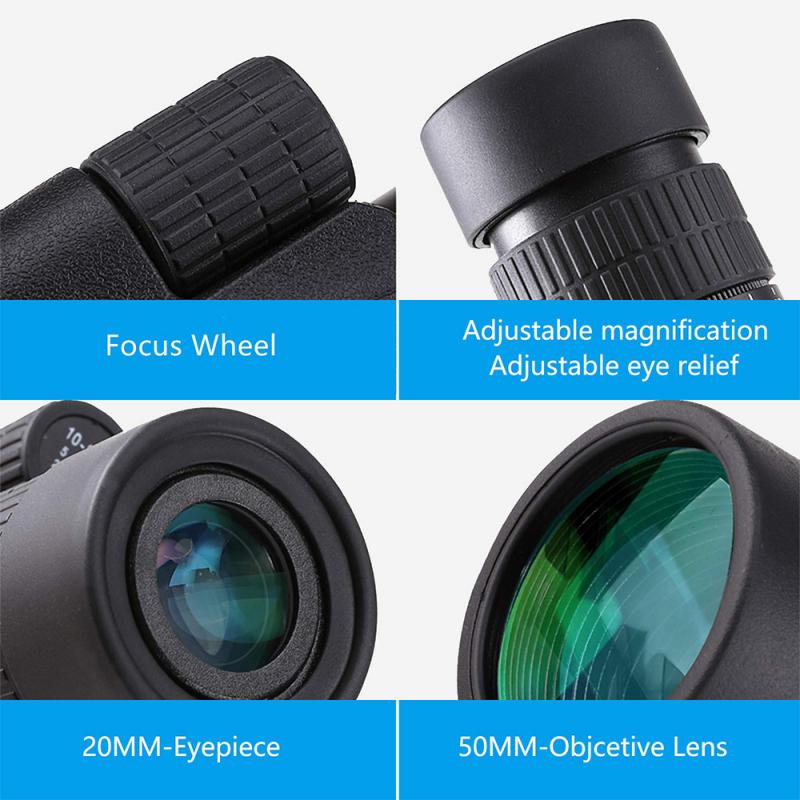
3、 Image stabilization and low-light performance
When it comes to bird watching, having a monocular with excellent image stabilization and low-light performance is crucial. These two features can greatly enhance your birding experience by providing clear and steady images, even in challenging lighting conditions.
Image stabilization is particularly important for bird watching because it helps compensate for hand movements and vibrations, resulting in a more stable and focused image. This feature allows you to observe birds in detail, even from a distance, without the blurriness that can occur with unsteady hands. It is especially useful when using higher magnification monoculars, as any slight movement can be magnified and affect the image quality.
Low-light performance is equally important for bird watching, as many birds are most active during dawn and dusk when lighting conditions are not optimal. A monocular with good low-light performance will allow you to see birds clearly even in dimly lit environments, ensuring that you don't miss out on any sightings.
When considering the best monocular for bird watching, it is essential to look for models that excel in both image stabilization and low-light performance. Some popular options include the Nikon Monarch 5, Vortex Optics Solo R/T, and Zeiss Victory Pocket. These monoculars have been highly regarded by bird watchers for their exceptional image stabilization and low-light capabilities.
It is worth noting that technology is constantly evolving, and new models with improved image stabilization and low-light performance are regularly being introduced to the market. Therefore, it is advisable to stay updated with the latest reviews and expert opinions to make an informed decision based on the most recent advancements in monocular technology.
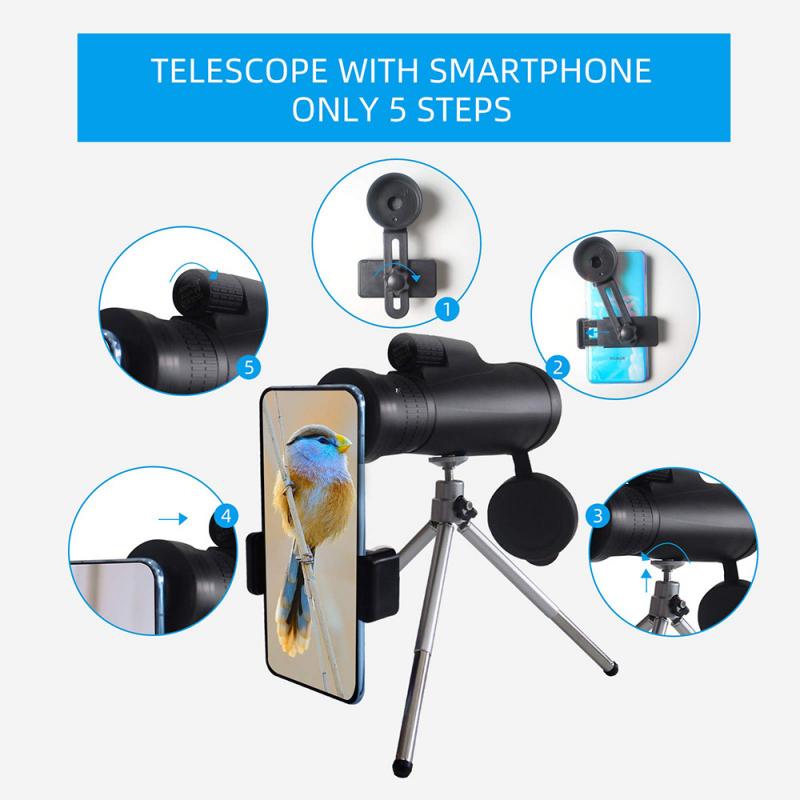
4、 Durability and weather resistance
When it comes to bird watching, having a reliable and durable monocular is essential. The best monocular for bird watching in terms of durability and weather resistance is the Vortex Optics Diamondback HD 10x42 Monocular.
The Vortex Optics Diamondback HD 10x42 Monocular is known for its exceptional build quality and ruggedness. It is constructed with a durable rubber armor that provides a secure grip and protects the monocular from accidental drops and bumps. This makes it ideal for outdoor activities like bird watching, where the monocular may be exposed to rough handling or adverse weather conditions.
In terms of weather resistance, the Vortex Optics Diamondback HD 10x42 Monocular is nitrogen purged and O-ring sealed, making it both waterproof and fogproof. This means that it can withstand rain, snow, and even submersion in water without any damage. The fogproof feature ensures that the monocular remains clear and usable even in humid or cold environments, where condensation can be a problem.
Furthermore, the Vortex Optics Diamondback HD 10x42 Monocular offers excellent optical performance. It features high-density, extra-low dispersion glass that provides sharp and clear images with accurate color representation. The 10x magnification and 42mm objective lens diameter offer a good balance between magnification and light-gathering capability, making it suitable for bird watching in various lighting conditions.
In conclusion, the Vortex Optics Diamondback HD 10x42 Monocular is the best choice for bird watching in terms of durability and weather resistance. Its rugged construction, waterproof and fogproof features, and excellent optical performance make it a reliable companion for bird enthusiasts, ensuring that they can enjoy their hobby even in challenging outdoor conditions.
